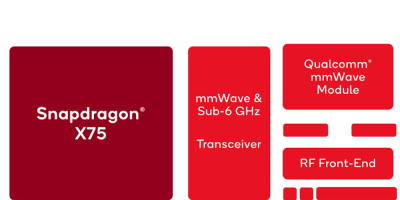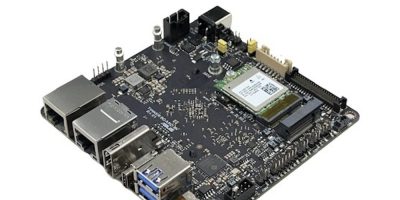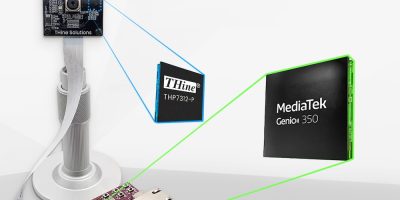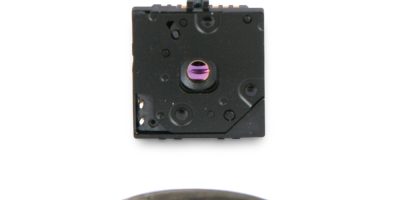The Snapdragon X75 has achieved a downlink rate of 7.5Gbits per second, the world’s fastest 5G speed record with sub-6GHz spectrum, said Qualcomm.
The sixth generation modem-RF system’s advanced 5G capabilities of 4x carrier aggregation (CA) on TDD bands and 1024 quadrature amplitude modulation (QAM) enable the high downlink speeds in sub-6GHz with a 5G standalone network configuration.
Aggregation of four TDD channels enables operators to combine diverse spectrum assets to achieve higher data rates, advised Qualcomm. In addition, 1024 QAM improves spectral efficiency by incorporating more data into each transmission, compared to 256 QAM systems, which allows for increased data throughput and improved spectrum efficiency.
“Snapdragon X75 5G Modem-RF System is the smartest wireless modem we have ever created and is designed for the future, with a 5G Advanced ready architecture, made to help operators define the next generation of networks around the world,” said Sunil Patil, vice president product management, Qualcomm Technologies. It has applications for connectivity across many industry sectors, including consumer, enterprise and industrial use cases, he added.
Snapdragon X75 is currently sampling to customers. Commercial devices are expected to launch in the second half of this year.
The Snapdragon platforms from Qualcomm and the company’s technology roadmap allows it to efficiently scale the technologies for mobile applications, including advanced connectivity, high performance, low power compute, on device intelligence, to the next generation of connected smart devices across industries. Innovations will help enable cloud-edge convergence, transform industries, accelerate the digital economy, the company believes.







